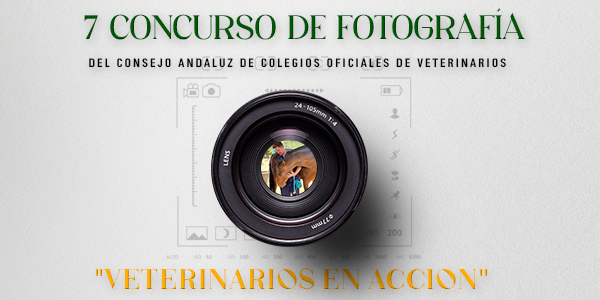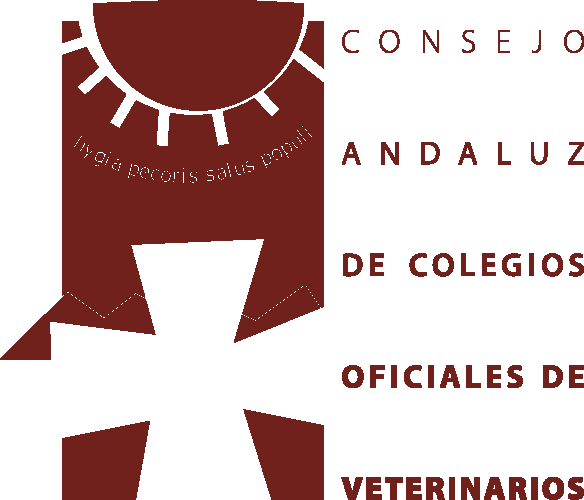Approach to respiratory distress in cats
Dyspnoea is defined as a laboured breathing. Tachypnoea is a respiratory rate that is higher than normal that frequently accompanies dyspnoea. If tachypnoea and dyspnoea occur together, the term hyperpnoea is used. If tachypnoea without dyspnoea is present, physiological causes (i.e. stress, excitement, pain) should be ruled out. Orthopnoea is dyspnoea where the patient adopts an unusual position, such as sternal recumbency, with elbows abducted, neck extended and mouth breathing. This indicates severe respiratory impairment.
Dyspnoea is the most common clinical sign observed by owners of cats with heart failure (HF) and this is associated with the expansion of extracellular fluid volume causing “congestion” (congestive heart failure or CHF). However the transition from HF to CHF is rarely observed by the pet’s owner, especially in sedentary cats) and therefore the terms HF and CHF are often used interchangeably in feline cardiology. Tachypnoea/dyspnoea is primarily caused by the presence of pulmonary oedema and/or pleural effusion. Minimizing stress is of the utmost importance in a cat in CHF.





